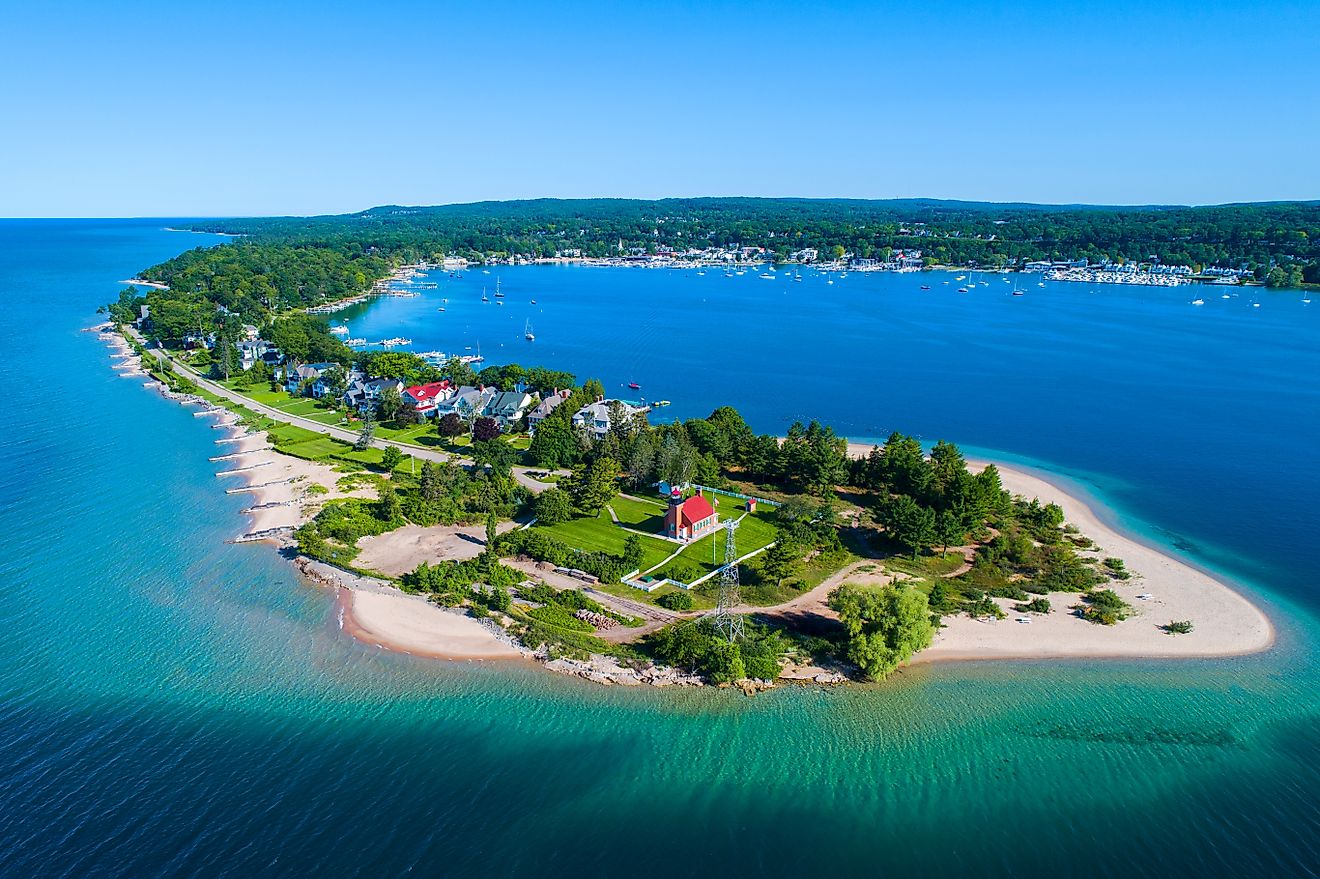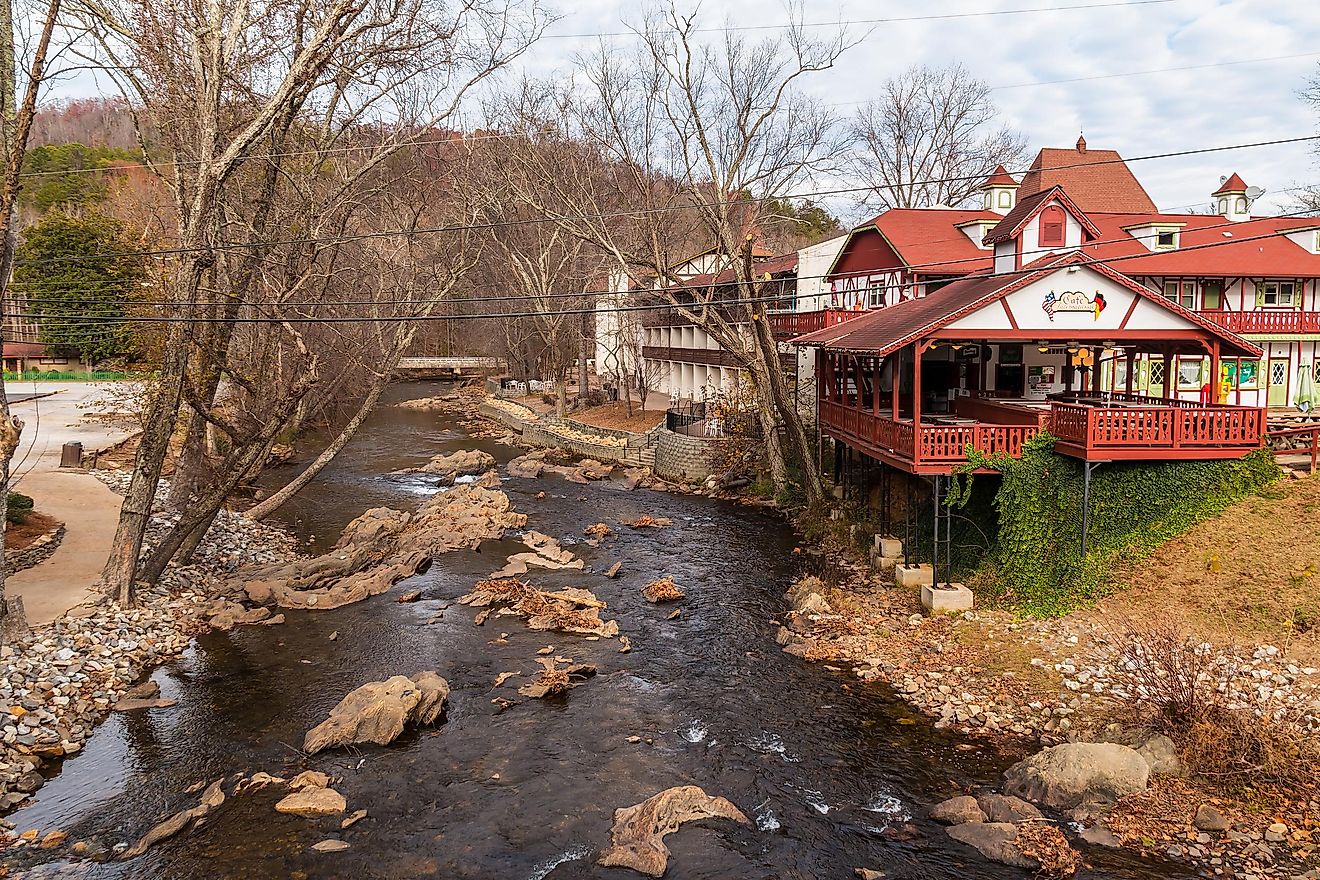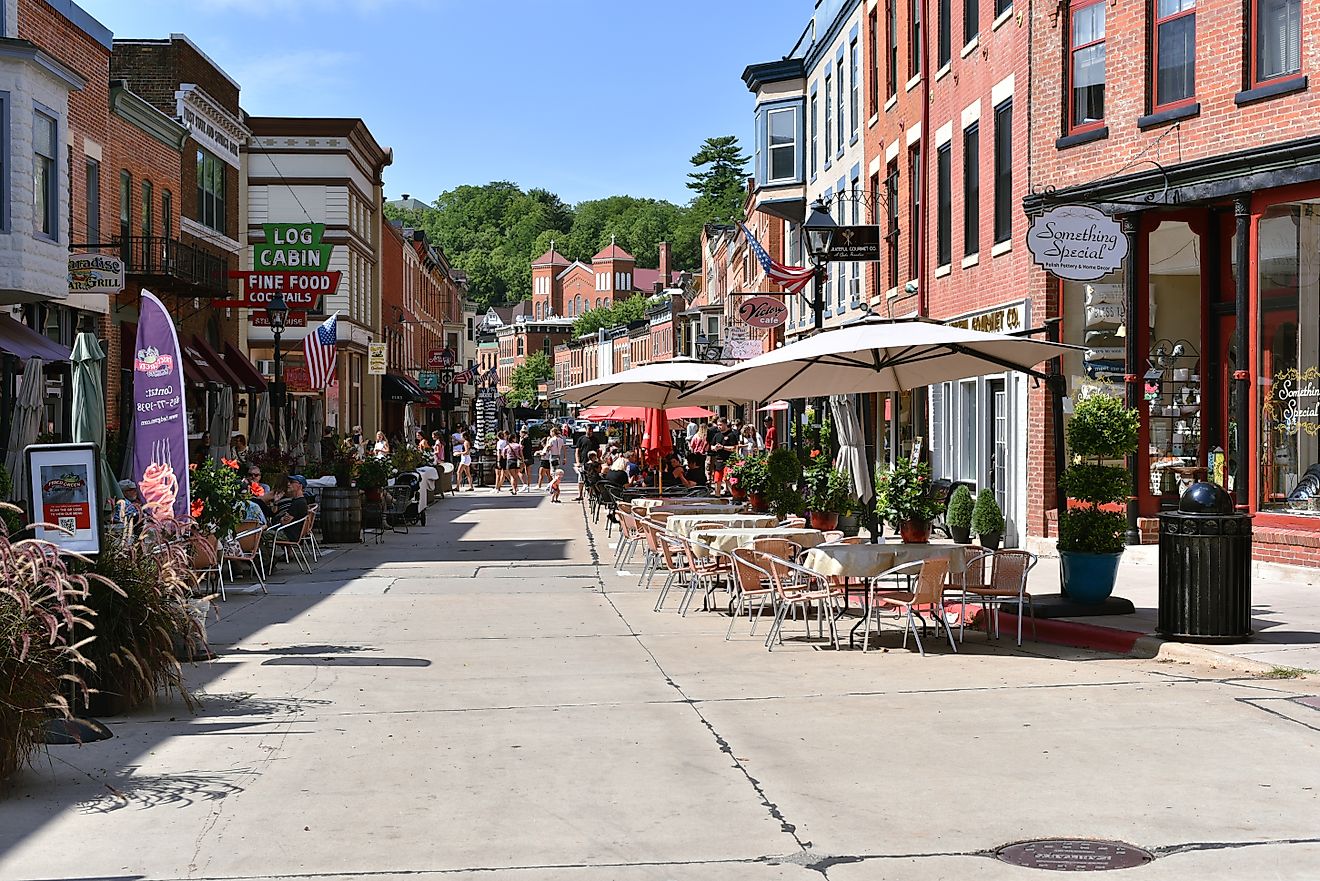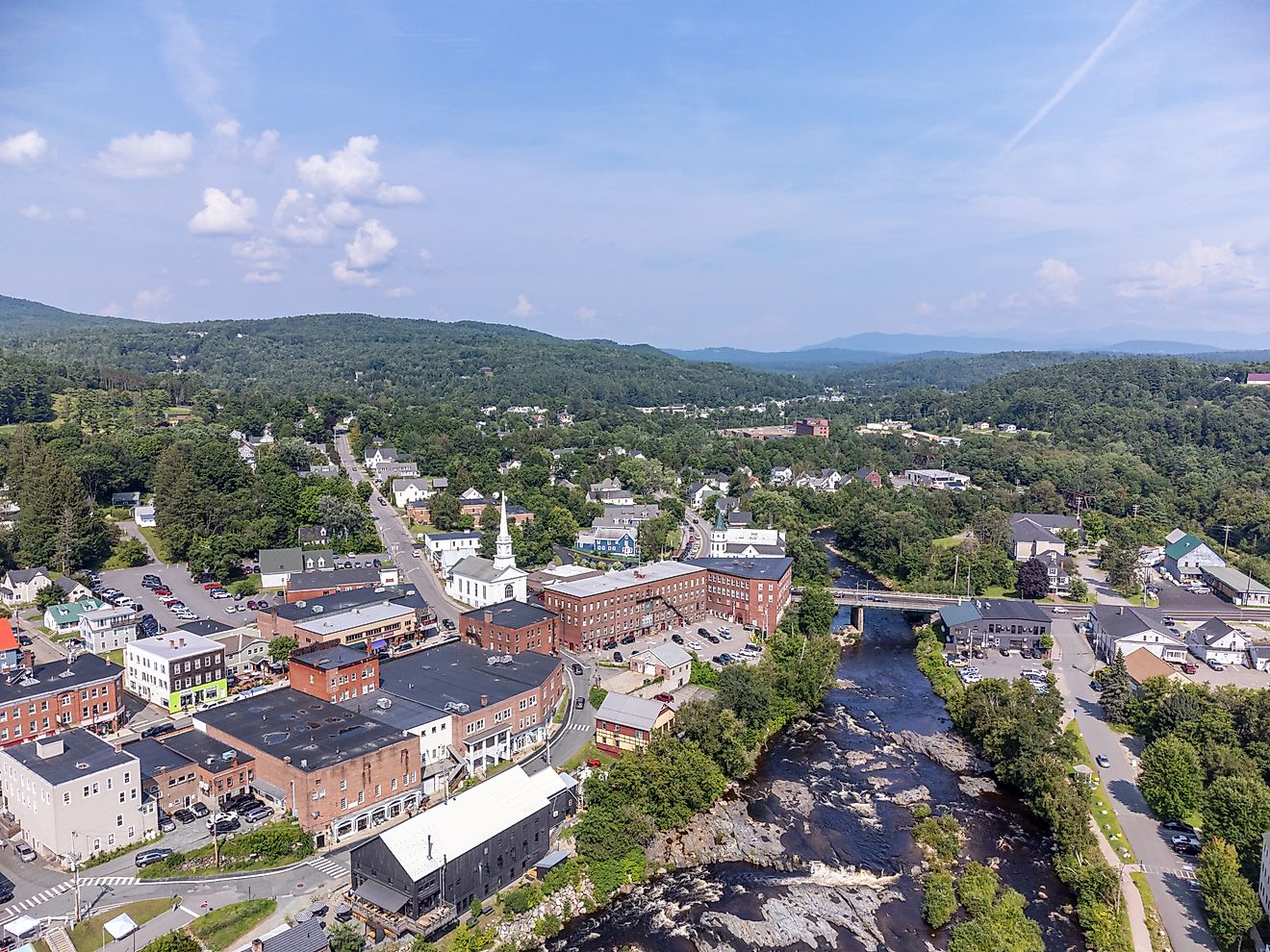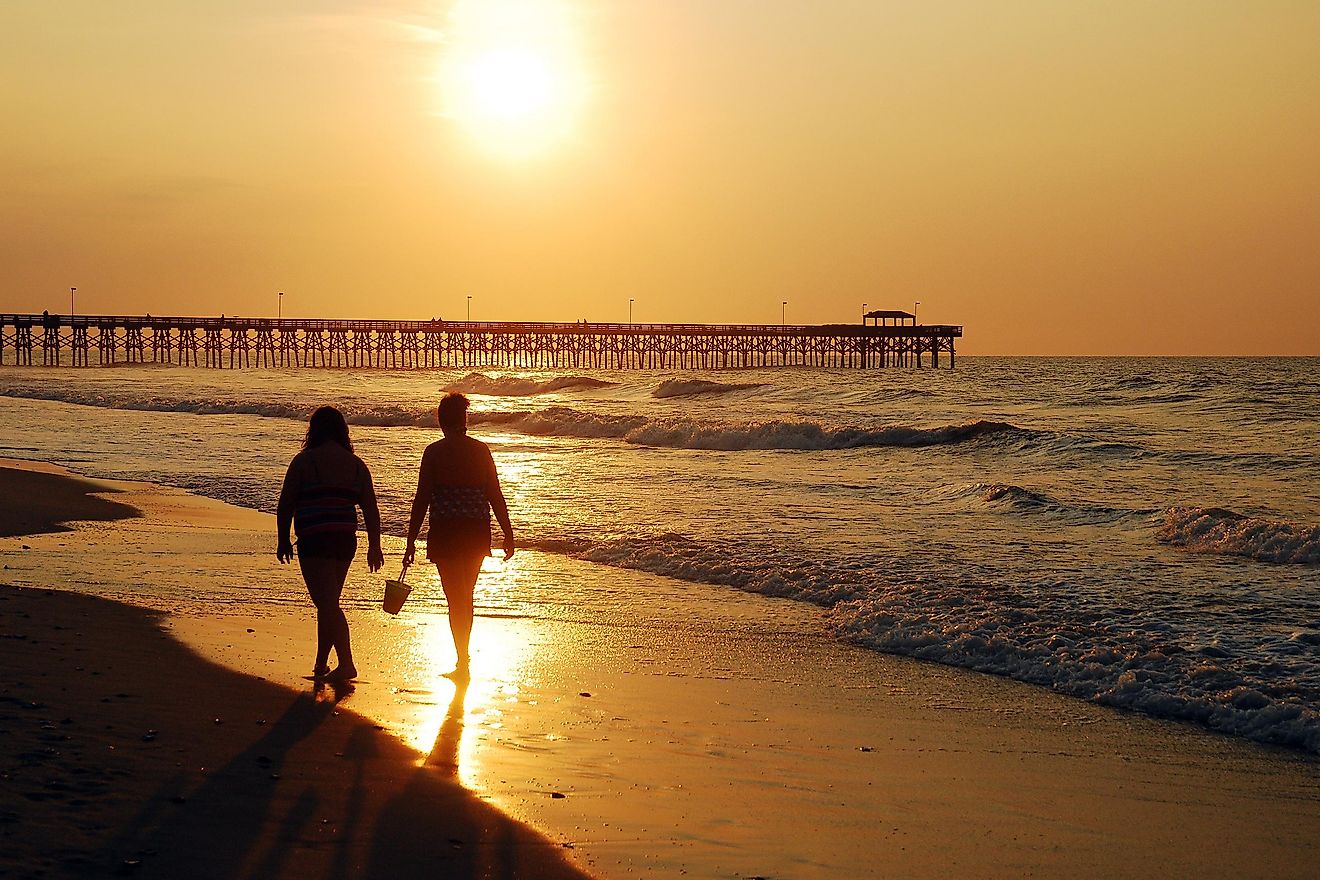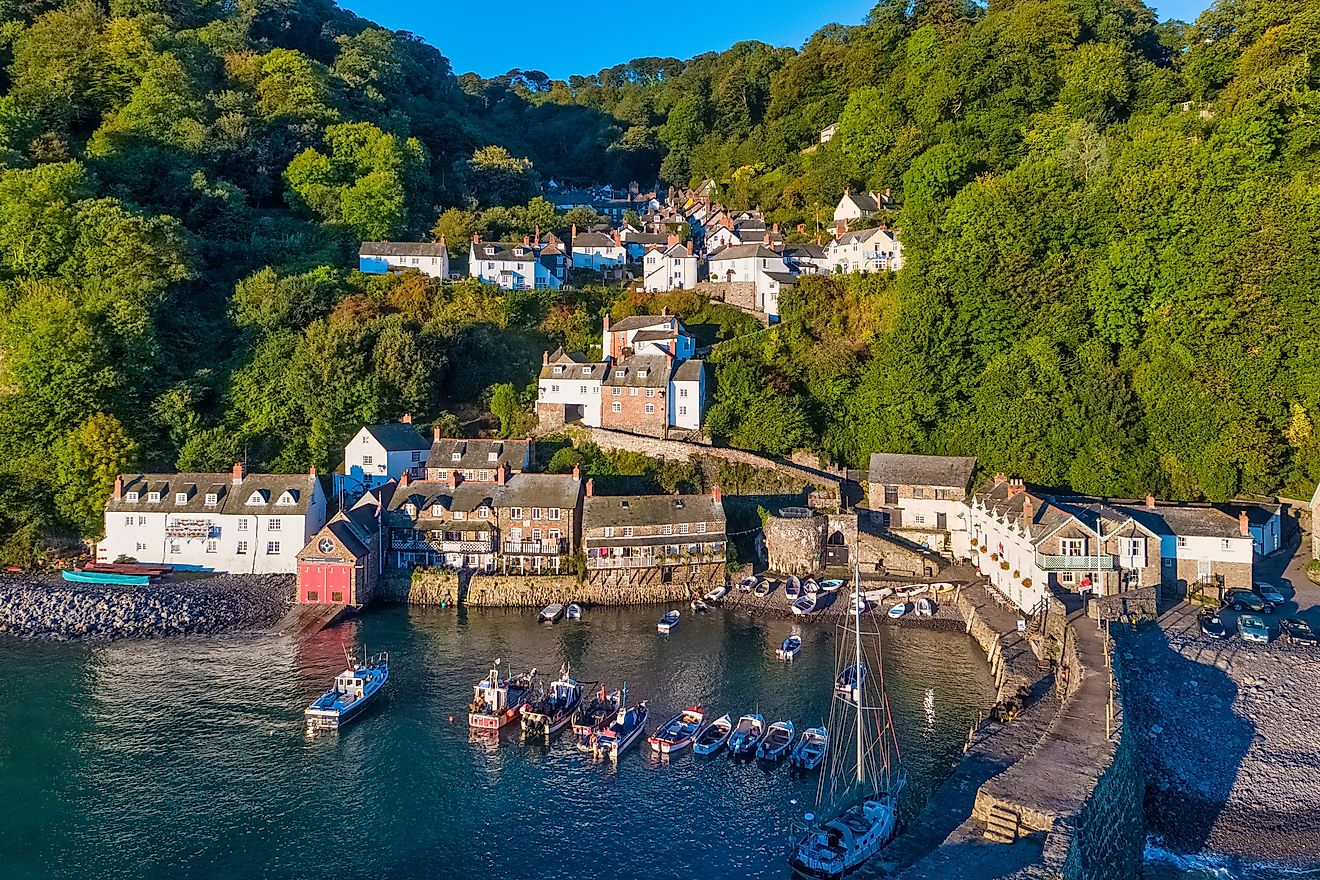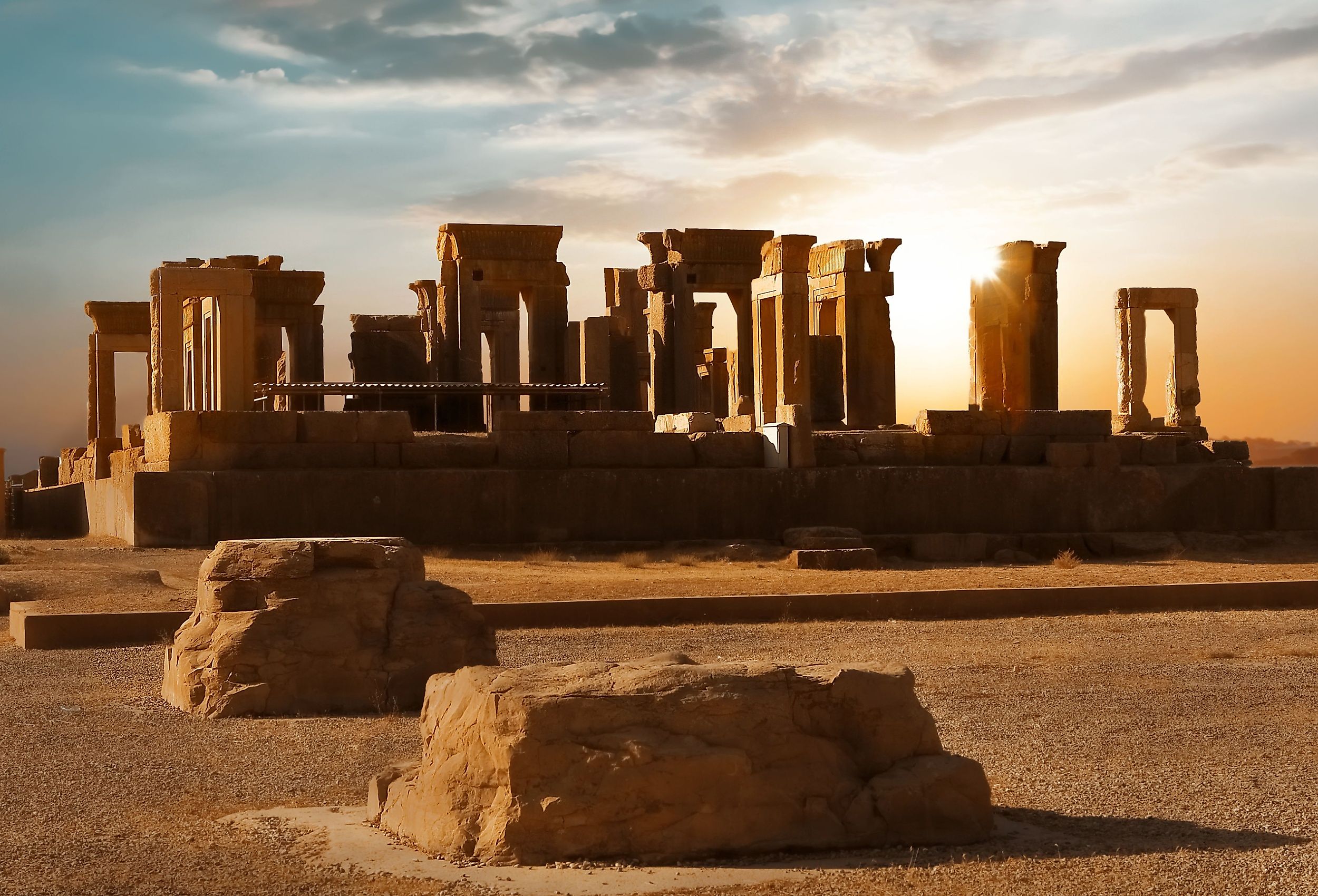
Countries With the Most UNESCO Heritage Sites
The United Nations Educational, Scientific, and Cultural Organization, better known as UNESCO, works tirelessly to protect and promote landscapes/landmarks across the globe that demonstrate "...outstanding universal value to humanity." Of the 1,199 sites on the World Heritage List, 993 are cultural attractions (such as the Pyramids of Giza), 227 are natural phenomena (such as the Grand Canyon), and 39 possess a mixture of the two (for instance, Machu Picchu). The World Heritage Committee also divides its selections into five critical geographical/cultural regions: Europe and North America (565 sites), Latin America and the Caribbean (149), Asia and the Pacific (289), Africa (103), and Arab States (93). Regarding individual nations, 168 possess at least one designated property, with more being added each year. The following is a list of the ten countries with the most UNESCO World Heritage Sites. But first, let us define our terms more rigorously.
What Makes a World Heritage Site?
UNESCO's World Heritage Committee uses a list of ten criteria to parse through potential candidates. Six of these pertain to cultural monuments, while the other four are reserved for natural environments. In order to make the World Heritage List, the site in question needs to demonstrate one of the relevant criteria. According to UNESCO, they are as follows:
Cultural Criteria:
To be designated as a cultural World Heritage Site, the monument or artifact must:
- Represent a masterpiece of human creative genius.
- Exhibit an important interchange of human values over a span of time or within a cultural area of the world, on developments in architecture or technology, monumental arts, town planning, or landscape design.
- Bear a unique or at least exceptional testimony to a cultural tradition or to a civilization that is living or which has disappeared.
- Be an outstanding example of a type of building, architectural or technological ensemble, or landscape that illustrates significant stage(s) in human history.
- Be an outstanding example of a traditional human settlement, land use, or sea use which is representative of a culture (or cultures) or human interaction with the environment, especially when it has become vulnerable to the impacts of irreversible change.
- Be directly or tangibly associated with events or living traditions, ideas, or beliefs, with artistic and literary works of outstanding universal significance. (The Committee considers that this criterion should preferably be used in conjunction with other criteria).
Natural Criteria:
For an organic environment to satisfy UNESCO's standards, they must:
- Contain superlative natural phenomena or areas of exceptional natural beauty and aesthetic importance.
- Be outstanding examples representing major stages of earth's history, including the record of life, significant ongoing geological processes in the development of landforms, or significant geomorphic or physiographic features.
- Be outstanding examples representing significant ongoing ecological and biological processes in the evolution and development of terrestrial, freshwater, coastal, and marine ecosystems and communities of plants and animals.
- Contain the most significant natural habitats for in-situ conservation of biological diversity, including those containing threatened species of outstanding universal value from the point of view of science or conservation.
What Countries Have the Most UNESCO World Heritage Sites?
Italy: 59
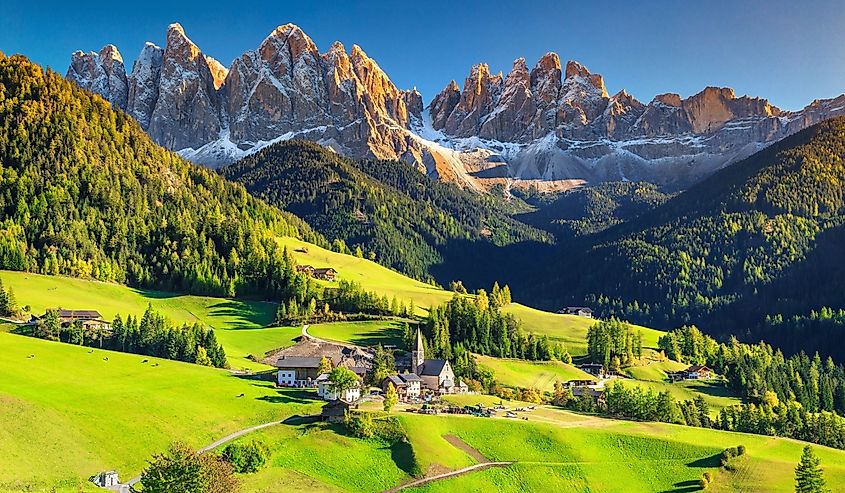
The country with the most UNESCO World Heritage Sites is Italy. This seat of the Roman Empire has dramatic and nearly continuous Mediterranean coastlines everywhere save for its northern reaches, where the European Alps instead soar into the frame. Is it any wonder that such a place would have so many treasures? Of the 59 sites inscribed on the World Heritage List, 53 are cultural, and six are natural. Some of the standouts include the Archeological Areas of Pompei, Herculaneum, and Torre Annuziata, the Historic Center of Rome, the Costiera Amalfitana, aka the Amalfi Coast (all of which fall into the cultural category), as well as the Dolomites (natural)—a dramatic subrange of the Alps.
China: 57
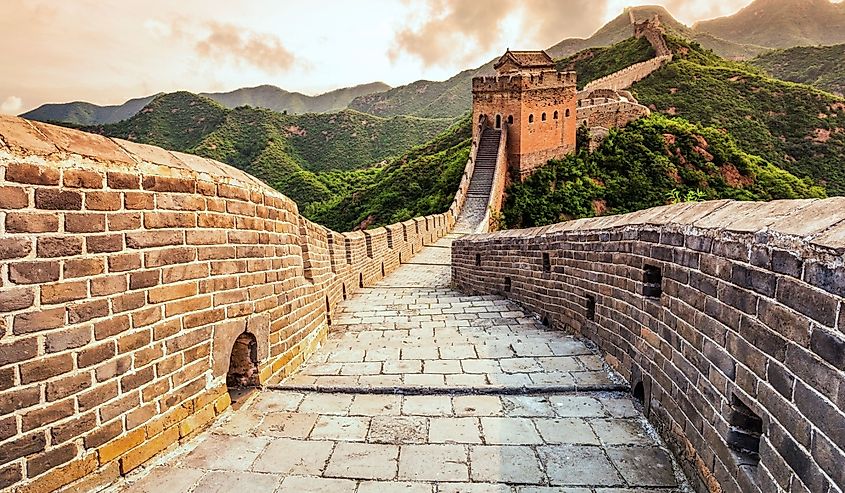
With 57 World Heritage Sites, China is a close second behind Italy. Being the second-largest nation in Asia and one of the oldest living cultures in the world certainly helps pad the list. Here, there are 39 cultural sites, 14 natural, and four mixed. Some of the supreme cultural highlights include The Great Wall, the Mausoleum of the First Qin Emperor (where thousands of terracotta warriors were unearthed), and the Imperial Palaces of the Ming and Qing Dynasties in Beijing and Shenyang (i.e. the "Forbidden City). Regarding natural attractions, China is known for the Huanglong Scenic and Historic Interest Area (home of the giant panda) and the red cliffs of China Danxia. A must-see mixed site is the Mount Emei Scenic Area, including the Leshan Giant Buddha Scenic Area (home to the first Buddhist temple in China and the largest Buddha shrine on the planet).
France: 52
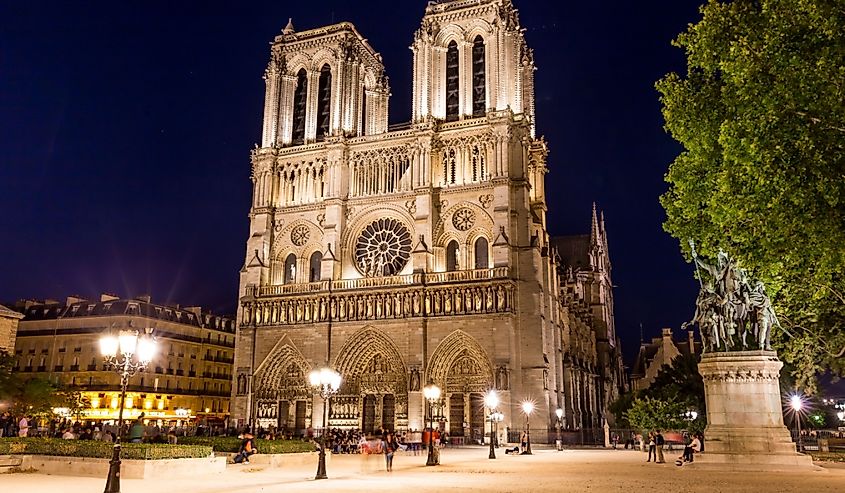
The bronze medal is shared between France and Germany—two European nations with beautiful landscapes and long, storied histories. France possesses 44 cultural sites on the World Heritage List, seven natural designations, and one mixed selection. Despite the devastating fires in 2019 (a near-miraculous restoration project aims to have it reopened this year), the Cathedral of Notre-Dame, Former Abbey of Saint-Rémi, and Palace of Tau, Reims has to be the pinnacle cultural attraction. The Ancient and Primeval Beech Forests of the Carpathians and Other Regions of Europe are a natural attraction shared by France, Germany, Italy, and 15 other countries. France's sole mixed heritage site is shared with Spain (coming up shortly): the Pyrénées—Mont Perdu.
Germany: 52
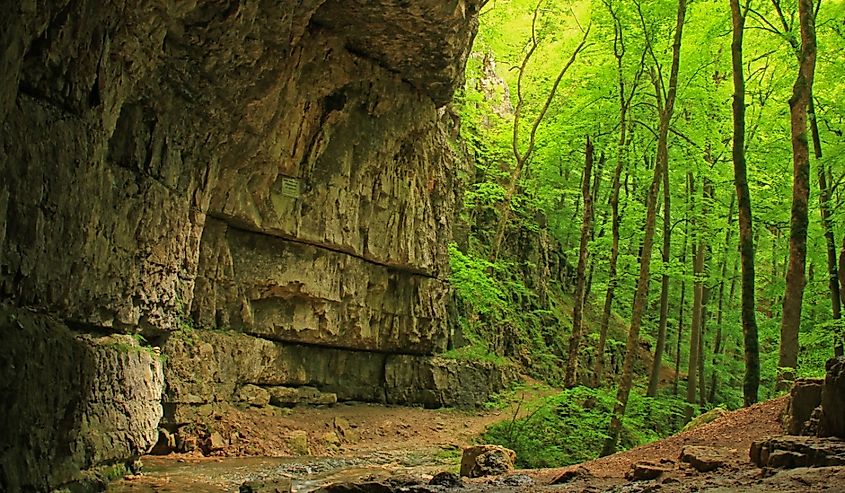
Germany also boasts 52 World Heritage Sites – 49 cultural and three natural. If you're lucky enough to travel through Deutschland, consider checking out (in the artistic department) the 18th century, Baroque-style Margravial Opera House in Bayreuth, the Caves, and Ice Age Art in the Swabian Jura (some of the earliest European residences, 33,000–43,000 years ago), and Kissingen, one of The Great Spa Towns of Europe. As for natural sites, along with the aforementioned Beech Forests, there is the Messel Pit Fossil Site (a wealth of Eocene evidence) and the Wadden Sea (the most extensive contiguous stretch of intertidal and mud flats on the planet).
Spain: 50
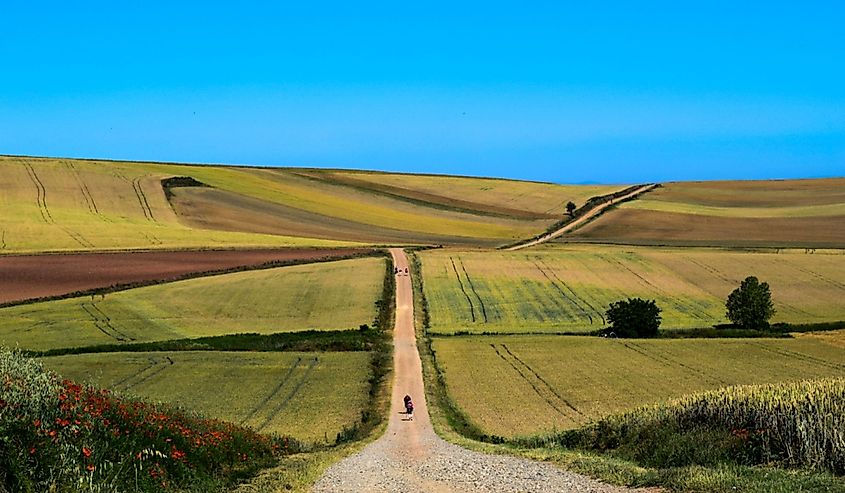
Over on the Iberian Peninsula of Western Europe, Spain has racked up a total of 50 World Heritage Sites (44 cultural, four natural, and two mixed). As a two-time pilgrim, I highly recommend investigating (or better yet, hiking) the Routes of Santiago de Compostela: Camino Francés and Routes of Northern Spain, the Old Town of Santiago de Compostela, and the Burgos Cathedral – all of which are cultural selections. Spain's natural sites belong to three national parks: Doñana, Garajonay, and Teide, along with (again) the Ancient and Primeval Beech Forests. The second mixed attraction after the Pyrénées is the islands of Ibiza (Biodiversity and Culture).
India: 42
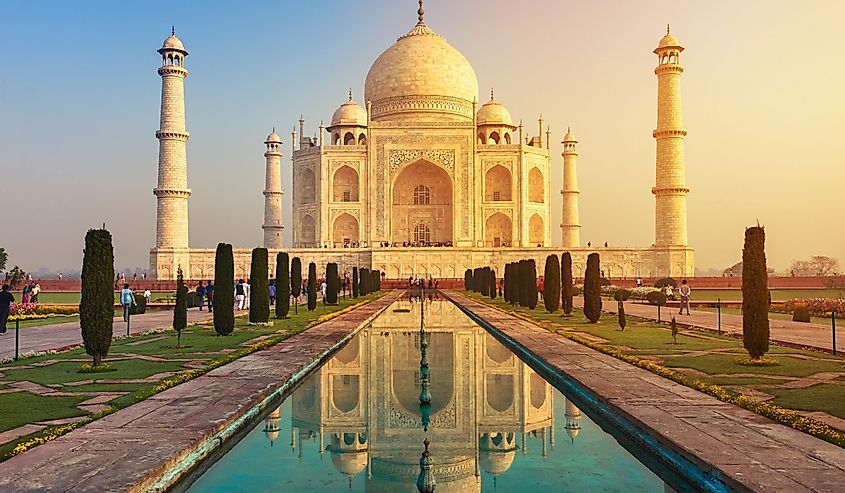
Like China, India is an ancient culture with a massive territory. Of its 34 cultural sites, the Taj Mahal is arguably the cream of the crop. Recognized the world over, this huge, white marble mausoleum of the 17th century is considered "the jewel of Muslim art in India…" Also in Agra, just a mile and a half from the Taj Mahal, stands another impressive World Heritage architectural site: the Red Fort Complex. The budding Buddhist in me also has a soft spot for the Mahabodhi Temple Complex at Bodh Gaya (i.e., the site where Siddhartha Gautama is said to have attained Enlightenment). Turning our attention to the natural side of this revered subcontinent, the Great Himalayan National Park Conservation Area is jaw-dropping and significant for its biodiversity. Another World Heritage Site in India's Himalayan Mountains is Khangchendzonga National Park, which, thanks to the eponymous peak (i.e., the third-highest in the world) and the region's importance to the indigenous people of Sikkim, is a mixed entry.
Mexico: 35

Mexico is the first country in the top ten to reside in UNESCO's Latin America and the Caribbean region, coming in strong with 35 World Heritage Sites. There are 27 cultural entries, including the Pre-Hispanic City of Teotihuacan, the Historic Centre of Mexico City and Xochimilco, and the Historic Centre of Puebla (all of which I've had the pleasure of visiting). On the nature side of the equation, Mexico looks after the Monarch Butterfly Biosphere Reserve (a haven for this mesmerizing migratory insect), the Whale Sanctuary of El Vizcaino (a vital reproduction zone for gray whales, and a wintering site for many other marine animals), and four other listings. Finally, two mixed sites pay homage to Latin America's indigenous ancestors: the Ancient Maya City and Protected Tropical Forests of Calakmul, Campeche, and Tehuacán-Cuicatlán Valley: Originary Habitat of Mesoamerica.
United Kingdom: 33
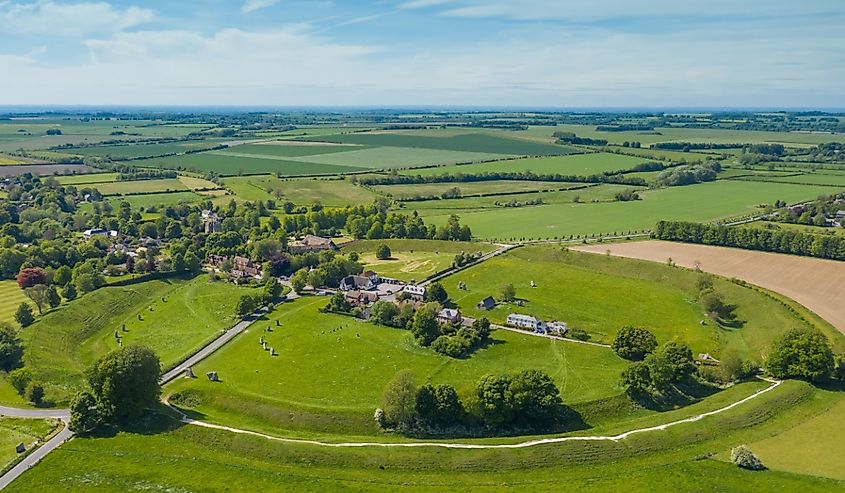
The United Kingdom doesn't have the most World Heritage Sites, but it certainly lays claim to some of the most recognizable. The cultural juggernauts include Stonehenge, Avebury and Associated Sites, the City of Bath, the Old and New Towns of Edinburgh, and the English Lake District (to name a few). Its four natural sites are the exposed cliffs of the Dorset and East Devon Coast, Giant's Causeway and Causeway Coast, Gough and Inaccessible Islands, and Henderson Island (an untouched gem in the eastern South Pacific). The UK's only mixed site is that of St. Kilda—a volcanic archipelago with 2,000-year-old Highland stone houses.
Russia: 31
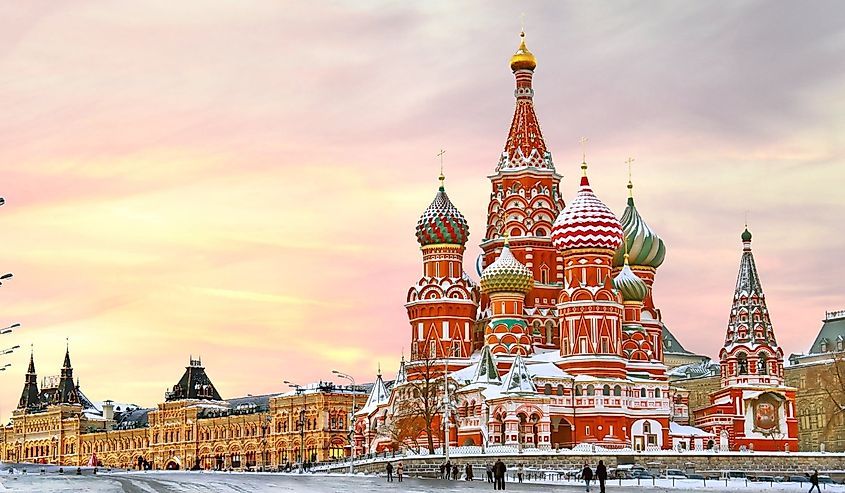
The Russian Federation is the largest country in the world, is home to an eclectic mix of living cultures, and has witnessed countless historical epochs of significance. Of its 31 World Heritage Sites, 20 are cultural, while 11 are natural (i.e., the highest toll in the top ten for that particular category). In terms of the former, the Kremlin and Red Square, Moscow, and the Historic Centre of Saint Petersburg and Related Groups of Monuments are two of the country's most iconic sites. As for its naturescapes, Russia encompasses the Western Caucasus, home to the highest peak in Europe (i.e., one of the "Seven Summits"), Mount Elbrus. Russia also has Lake Baikal (the oldest and deepest lake in the world) and the Natural System of Wrangel Island Reserve (one of the most biodiverse regions north of the Arctic Circle).
Iran: 27
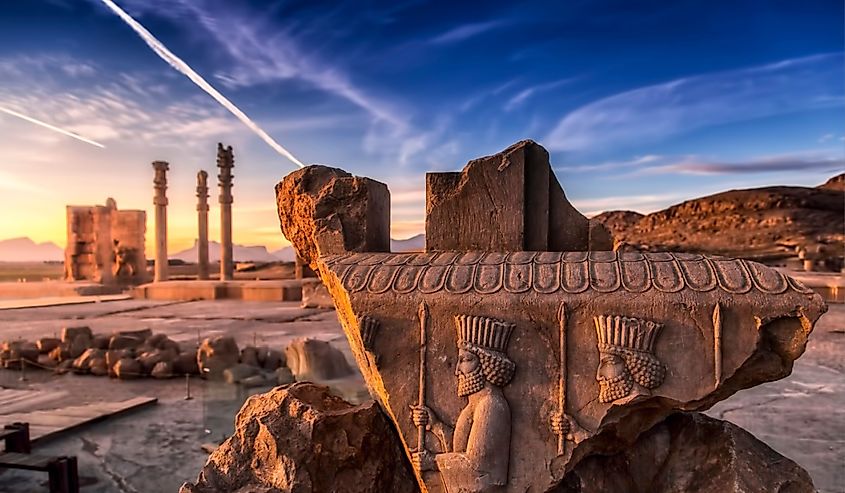
Our final entry is also our first stop in the Arabic States: Iran. This Middle Eastern nation was once home to the Achaemenid Empire (better known as the Persian Empire)—one of the mightiest forces of the ancient world—and benefited from a large section of the Silk Road. Iran has 25 cultural World Heritage Sites, three of which were inscribed at UNESCO's third session back in 1979: Persepolis (the capital of the Achaemenid Empire), Tchogha Zanbil (the ruins of the Kingdom of Elam), and Meidan Emam, Esfahan (imposing mosques built by Shah Abbas I the Great in the 17th century). Iran's two natural heritage sites are no slouch either. They are the 620-mile-long, 25–50-million-year-old Hyrcanian Forests and the massive Lut Desert (aka Dasht-e-Lut).
Time for an Adventure
UNESCO World Heritage Sites draw the public's attention to some of the planet's best cultural and natural legacies and offer essential legal protections to ensure that future generations can experience their powerful influence. Each of the 1,199 properties/landscapes offers a unique glimpse into our past, an arresting perspective of the planet's geological chronology, and/or vital environments for an array of species (thriving and endangered alike). If you yearn to see as many of these places as possible, start planning a trip to the countries with the most UNESCO World Heritage Sites.
